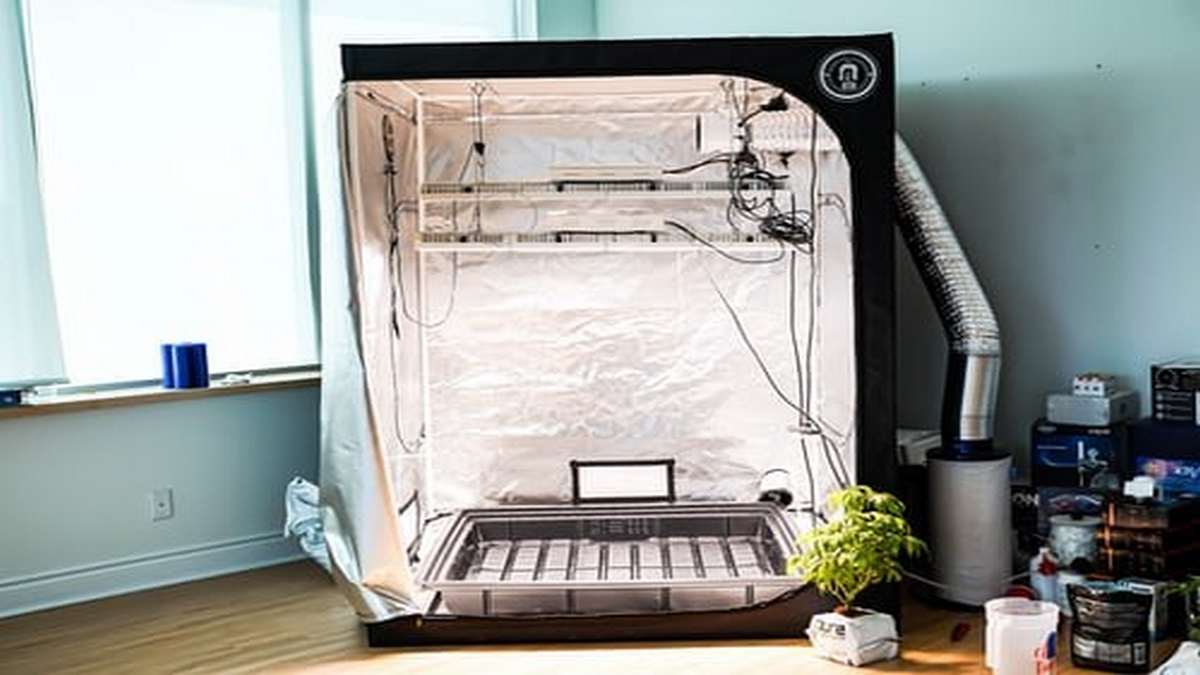
Autoflowering cannabis strains, which are sometimes referred to as day-neutral or autoflowering, are a popular alternative to photoperiod plants. Autoflowering cannabis plants undergo a short vegetative stage before flowering, and they do not need separate vegetative and flowering lighting environments. The timing of flowering depends on plant age, and autoflowering cannabis can be grown in 12/12, 18/6, 20/4, and 24/0 lighting.
DLED technology
The latest advancement in DLED cannabis technology is being tested in horticulture by Chalice Farms. The company has partnered with leading cultivation facilities in North America to test the efficacy of LED over conventional lighting fixtures and reported increased THC and terpene levels. This breakthrough lighting technology uses a unique electrical operation process to allow growers to implement specific light recipes based on the phenological stage and biomass development of the plants. This helps them achieve greater crop yield while using less energy.
Another major advantage of this cannabis technology is its ability to mimic natural sunlight. Because marijuana plants are sensitive to light, growers must adjust the intensity of their lights according to their growth stage. Full-spectrum gavita led grow lights are ideal for marijuana growing. Seedlings, for example, prefer blue light, which reaches the earth more directly. DLED lights are also much more efficient at directing photons to the plant.
Autoflowering cannabis strains
Using autoflowering marijuana for your home grows can be a great way to grow your own high-quality weed without a lot of hassle. Autoflowering cannabis strains like Sensi Seeds typically take eight to ten weeks to grow and can be grown almost anywhere, including indoors. The autoflowering process also reduces the risk of power outages, and the plants can continue to grow even when the power is out.
While autoflowering cannabis plants need little or no external stimulation to flower, they do need support throughout the entire process. On The other hand, growers can experiment on marijuana seeds cheap and enjoy the next crop of buds that they grew themselves!
Autoflowering cannabis strains are grown indoors under artificial lights and should receive support throughout the process. While the average autoflower plant is less than ten inches tall, some varieties will reach a height of over six feet. In any case, autoflowering cannabis strains are easy to grow.
Pinching
If you are planning to grow marijuana at home, one of the techniques you should know is pinching. Most marijuana plants grow from a single stalk. Pinching your plants will cause them to grow bushier, with more buds. This technique works by stimulating the production of the hormone “auxin,” which is responsible for initiating the main stalk and keeping energy focused on the topmost buds. However, you must make sure that you follow the correct method to ensure maximum growth.
When you pinch your plants, you can increase the production of terpenes by repositioning them to reach areas that receive more light. This technique is also useful for redirecting energy from the leaves to the flowers. Using this technique is simple, but requires practice. However, if you are a beginner in the art of growing marijuana, pinching is the best way to improve your skills.
SCROG
Unlike traditional methods of plant cultivation, SCROG can provide equal light access to all plants in a grow. This allows growers to easily adjust the height of their plants and rotate them if necessary. Another advantage is that SCROG is easy to remove if necessary. Growing marijuana with this technology can provide many benefits, from better yields to greater control over the growth process. Read on to learn more.
A ScrOG cannabis technology setup allows you to grow several strains of cannabis in a small space. You can grow a variety of sativa and indica strains together. You can even match terpene profiles between plants, which will result in a higher yield. The ScrOG system also allows you to weave the plants into the right spacing for optimum light exposure. Using the ScrOG technique, four medium-sized plants can be grown in an 11-liter pot.



